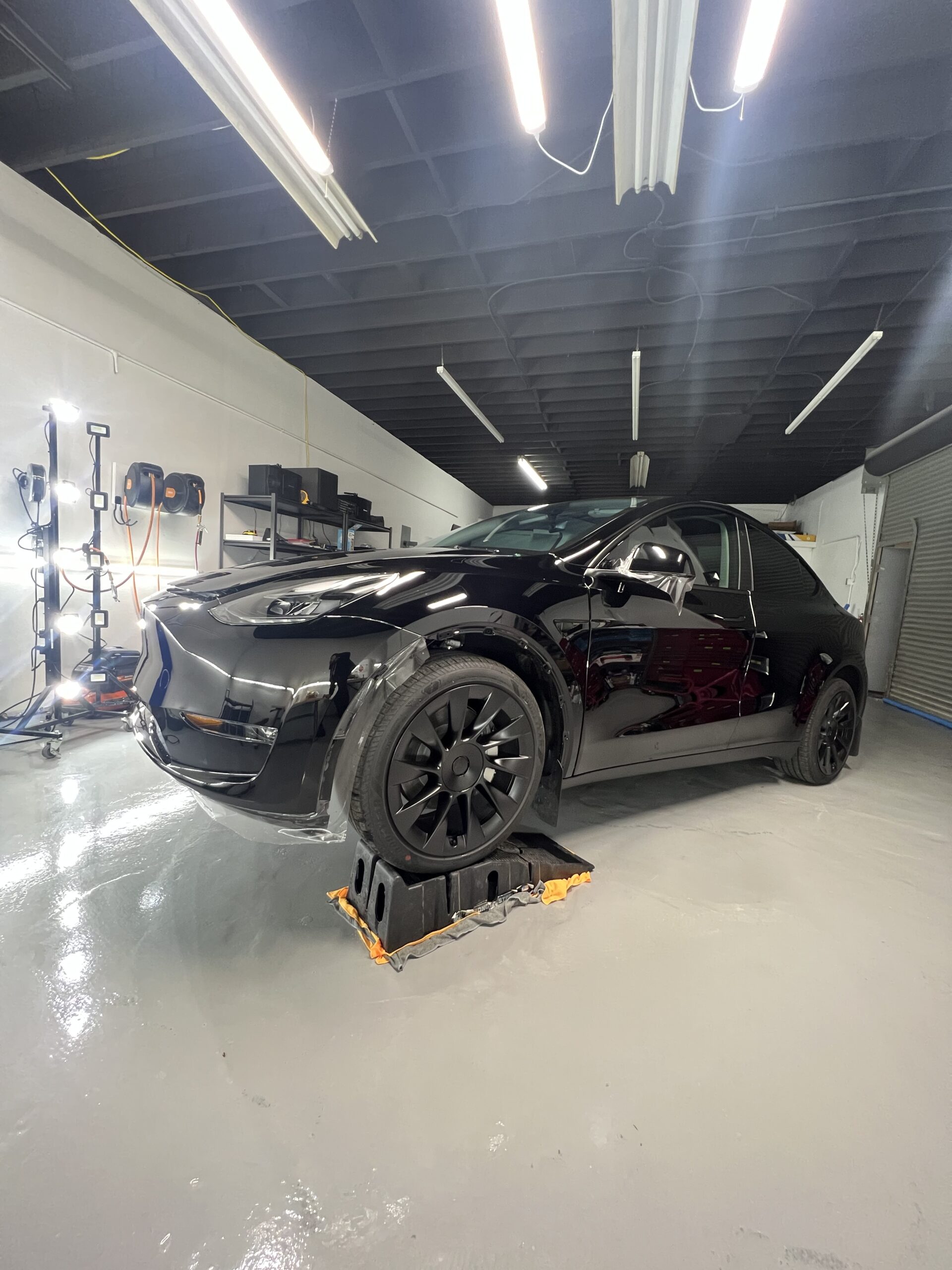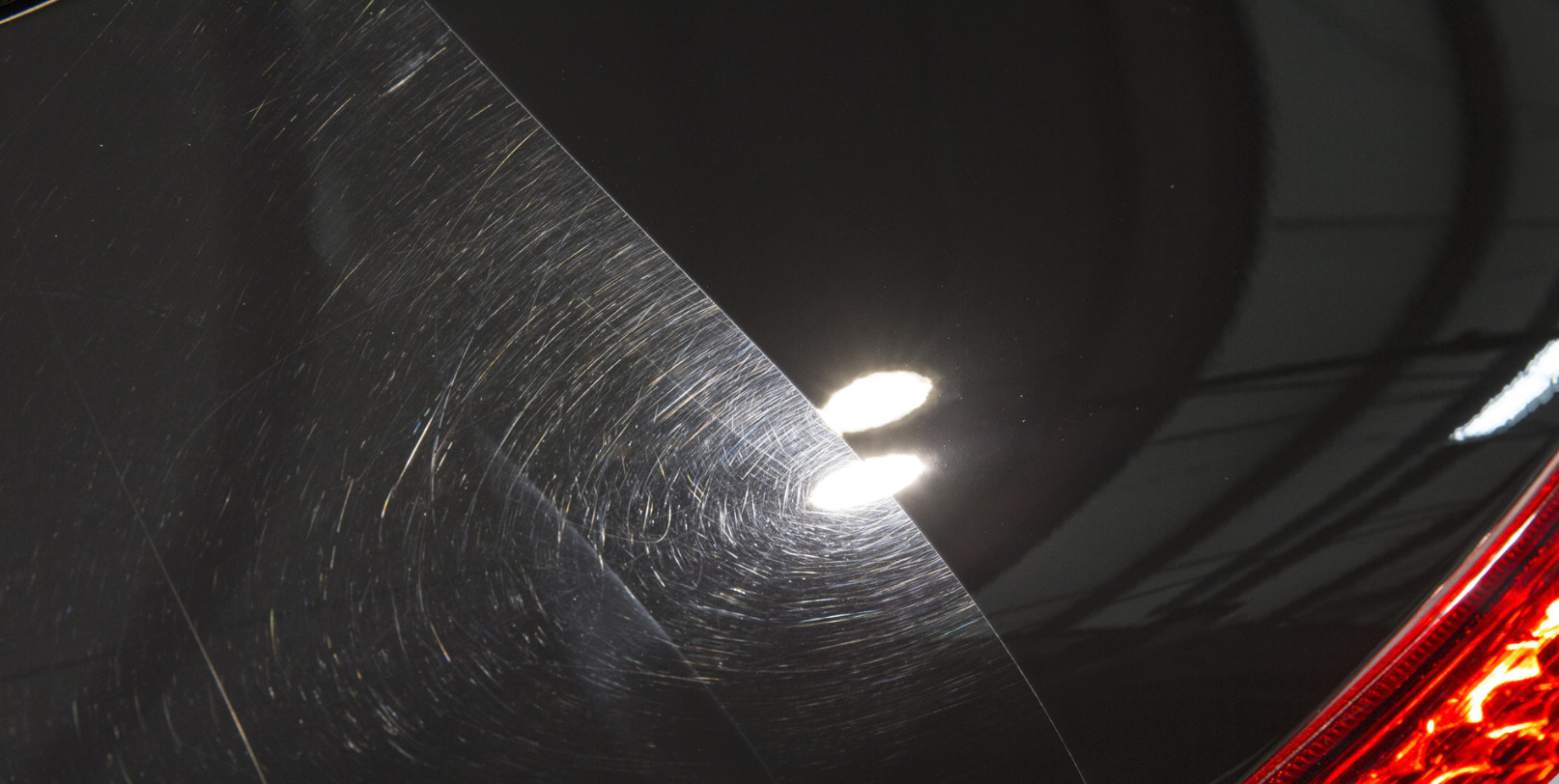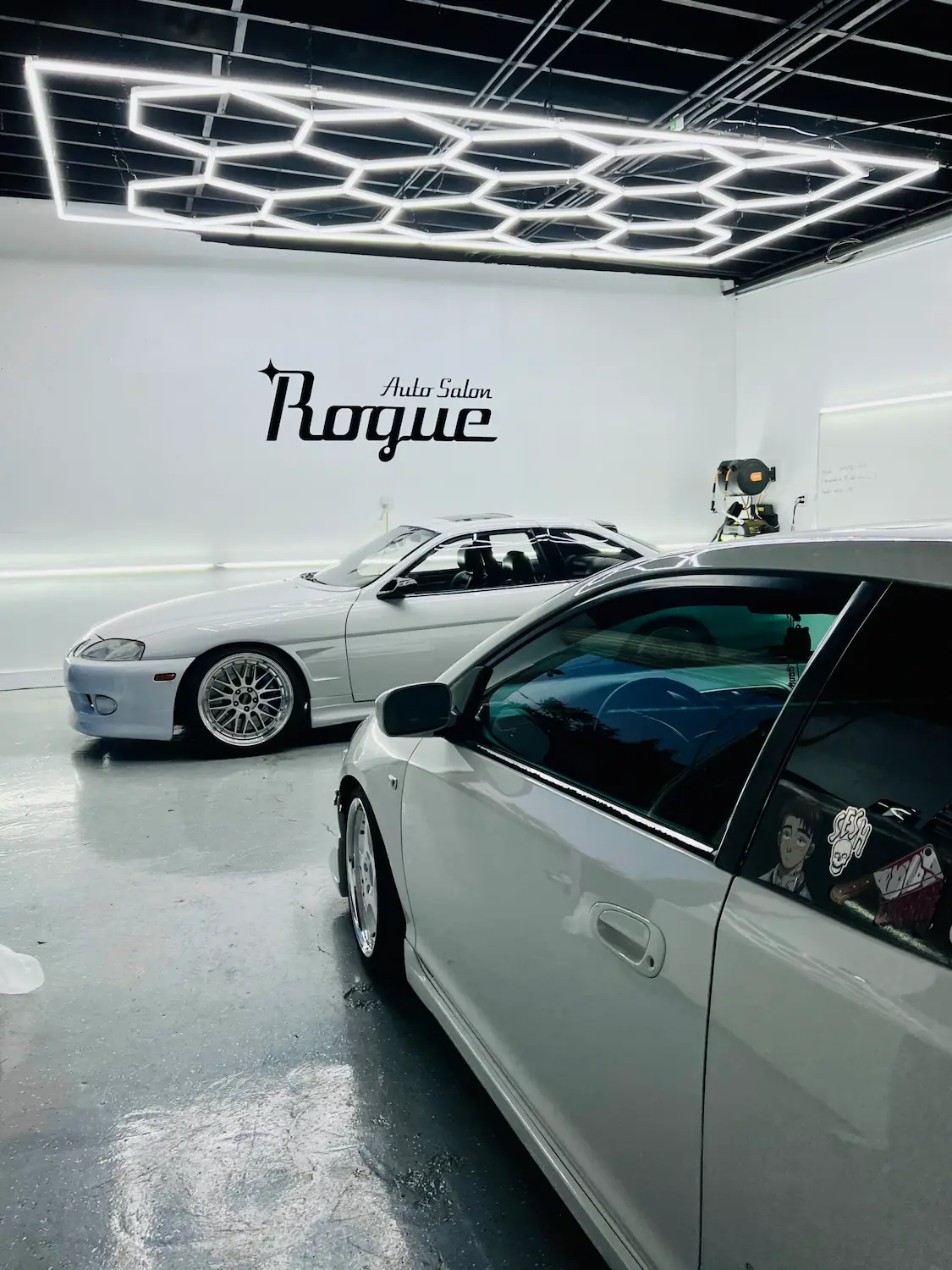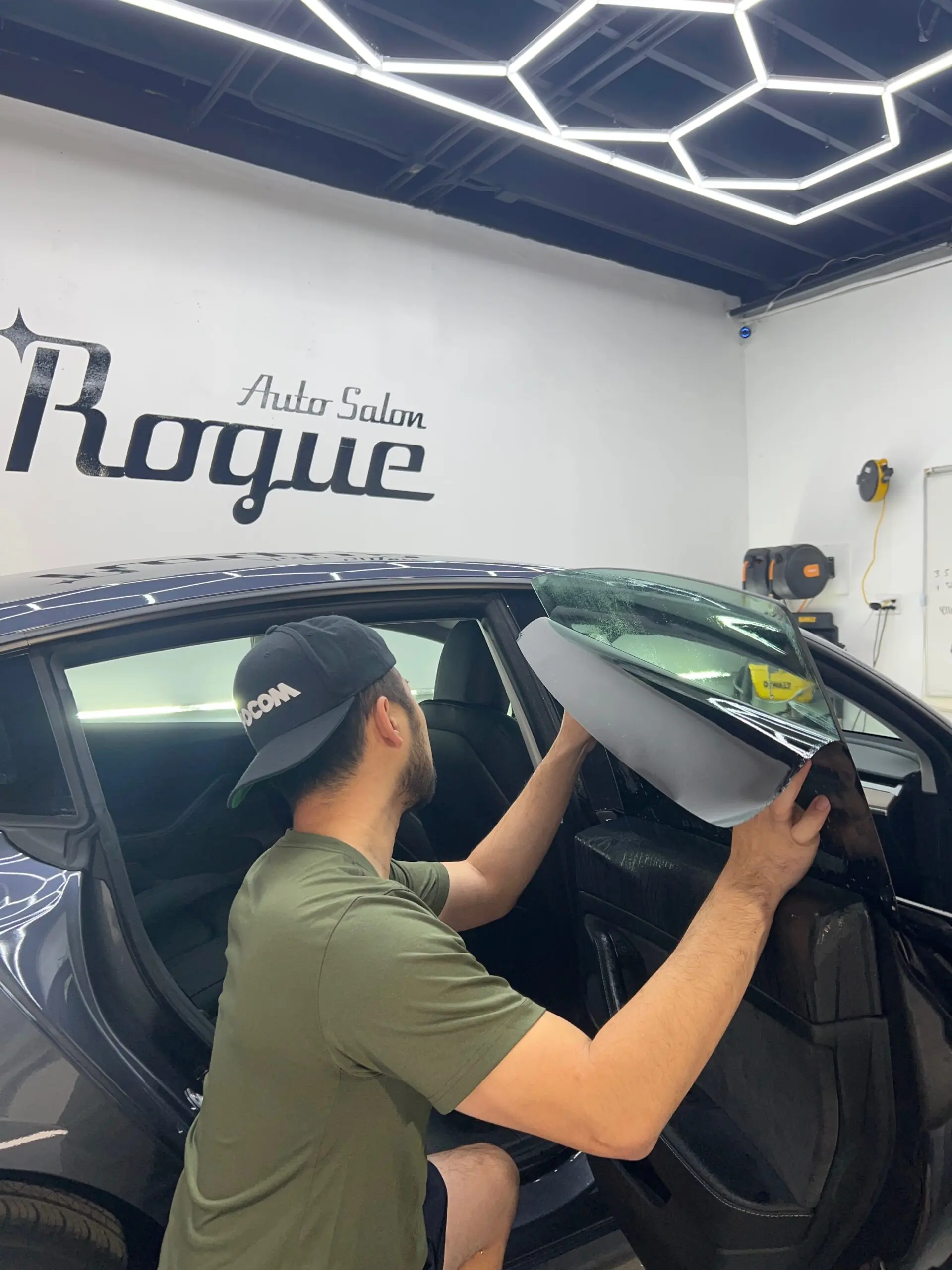Autocare
Can I Wash My Car After Tint? What to Know About Timing, Method, and Aftercare
Here’s the must-know guide to proper timing, gentle methods, and aftercare that keeps your tint flawless.
You’ve just had your car windows tinted. The look is sleek, the sun is finally bearable, and your vehicle now turns more heads than ever. But then the big question comes up: can I wash my car after tint?
It’s a perfectly reasonable concern and one of the most common questions asked after a tint job. While the short answer is yes, there are specific precautions you need to follow to ensure your new tint doesn’t bubble, peel, or lose its effectiveness. The timing, method, and general aftercare all matter. Knowing how to treat your vehicle right in the first few days (and beyond) will keep your tint looking great for years to come.
Why There’s So Much Confusion
The confusion stems from mixing up exterior car washing with interior window care. Most professional auto tints are applied to the inside of your windows. That means washing the outside of your car won’t affect the tint, at least not directly.
But even though a regular exterior wash won’t touch the film itself, improper timing or aggressive cleaning methods can still cause problems if they lead to moisture getting inside, or if they’re paired with other premature actions like rolling down the windows.
What causes concern is the recommended wait time to let the tint film fully cure, usually between three to seven days. During this time, the adhesive that binds the film to your glass is still setting.
Rolling your windows down too soon or cleaning the inside prematurely can disrupt the bonding process. This is what leads to bubbles, peeling, or shortened lifespan.

So, Can I Wash My Car After Tint?
Yes, you can wash your car after getting your windows tinted—just not the inside, and not carelessly. Since the tint is installed on the interior side of the glass, you’re free to wash the exterior immediately. That said, your approach matters.
Avoid any cleaning method that uses high-pressure water or brushes that might push moisture near the window seals.
If your car is particularly dirty after tinting, a gentle hand wash using a soft microfiber mitt and pH-neutral soap is perfectly fine. Skip the drive-through car wash—at least for the first few days—and stay away from automated brushes that could force water or chemicals near sensitive areas.
Professionals, like those at RogueAutoSalon, recommend hand washing for the first week and avoiding anything that could disturb the film’s adhesion.
They also remind clients not to clean the inside of the windows or roll them down during this period, even though the exterior is fair game.
What Could Go Wrong If You Wash Too Soon?
While washing the exterior is usually safe, attempting to clean the interior or using pressure-based equipment too early can result in a few serious problems. One of the most common is bubbling—when moisture gets trapped under the tint film before the adhesive has finished bonding.
Another issue is peeling, where corners start to lift and the film becomes compromised. Worse yet, washing too aggressively can result in scratches or streaks, especially if harsh chemicals are involved.
That’s why some shops, including RogueAutoSalon and other certified training centers, stress the importance of patient aftercare as part of their window tinting education. They teach their students to not only apply tint correctly but also to advise customers on how to maintain it, particularly during the critical first week.
Tips for Safe Washing After Tinting

To play it safe, it’s best to avoid automated car washes for the first 5 to 7 days. These systems often use brushes, blowers, and high-pressure jets that may not directly damage the tint (since it’s on the inside), but could lead to unwanted stress on your window seals or premature interior exposure.
If you’re doing it yourself, hand washing is the way to go. Use soft microfiber cloths, gentle soap, and lukewarm water. Avoid scrubbing near the window edges where the film meets the glass. If you need to dry your vehicle, blot the water gently rather than rubbing it.
When you eventually clean the interior side of your windows, use only ammonia-free glass cleaners. Ammonia can weaken the film and cause discoloration over time. Stick to a mild solution and a soft, lint-free cloth.
What to Avoid in the First Week
Aside from cleaning methods, there are a few other actions you should avoid while the tint is still curing. Rolling down your windows is the biggest one. Doing so too early can cause the film to shift, bubble, or peel away from the edges. Many tint shops advise waiting at least three to five days before operating power windows.
If you live in a humid or cooler climate, you might need to wait a full week or longer for proper curing. That’s why many pros advise customers to treat their tint with extra care during extreme weather changes.
Also, hold off on using rear window defrosters or heated elements, as this added heat can interfere with the adhesive. When in doubt, consult your installer for guidance specific to your local climate and tint type.
Long-Term Aftercare for Tinted Windows
After the initial curing period is over, regular maintenance becomes much easier—but that doesn’t mean you can go back to bad habits. Keeping your tint in top shape means forming a few new cleaning routines.
Stick to ammonia-free products for all glass surfaces and avoid rough cloths or paper towels. Clean tinted windows in the shade or when the glass is cool to the touch to avoid streaking.
For added protection, consider parking in shaded or covered areas. Sunlight and heat are two of the biggest threats to window tint over time, especially for dyed or budget film types.
And while it might be tempting to cool the cabin by rolling down windows on a hot day, it’s better to rely on your air conditioning system, particularly during summer. Over time, consistently rolling windows up and down can create stress at the film’s edges, especially on older installations.
Recognizing Signs of Tint Damage
Even with great care, no tint lasts forever. Common signs of aging include fading, especially for lower-quality dyed tints, and color shifting, where the film begins to take on a purplish hue. Bubbling and peeling are red flags that your tint is compromised, often due to failed adhesive or exposure to elements too early in its life.
If you notice persistent bubbles, visible scratches, or a hazy look that doesn’t go away with cleaning, it might be time to schedule a replacement.
Never attempt to peel or scrape tint off yourself. This often results in adhesive residue being left behind, or worse, scratches on your glass.
For safe removal, always consult a professional shop. Teams like RogueAutoSalon offer expert removal and reapplication services, using steam tools and glass-safe adhesives to ensure a clean and damage-free process.

Final Thoughts: Washing After Tint Doesn’t Have to Be Complicated
So, to answer the question: can I wash my car after tint? Yes—you can wash the exterior of your car immediately after tinting, but with care. Avoid high-pressure or brush-based washes, and stick to hand washing with gentle materials.
Do not clean the interior windows or roll them down until at least 3 to 7 days have passed, depending on the curing time of the film.
In the long run, caring for your tint is just like caring for any other part of your car: know what it needs, avoid what it doesn’t, and give it regular, respectful attention. Whether you just had your tint installed or are planning to, knowing what to expect during the first week makes all the difference.
With help from professionals like Rogue Auto Salon and solid aftercare habits, you’ll keep your vehicle looking polished and protected, on the outside and the inside.




